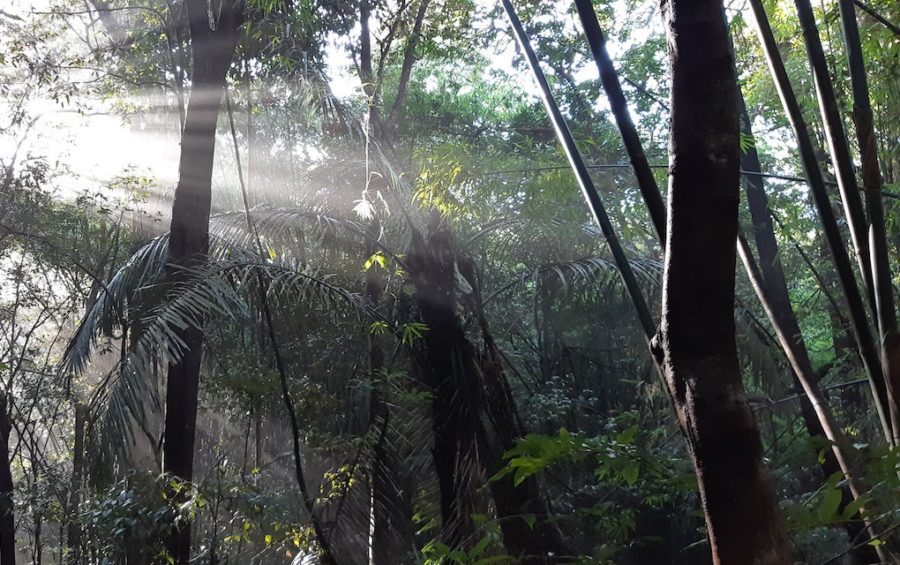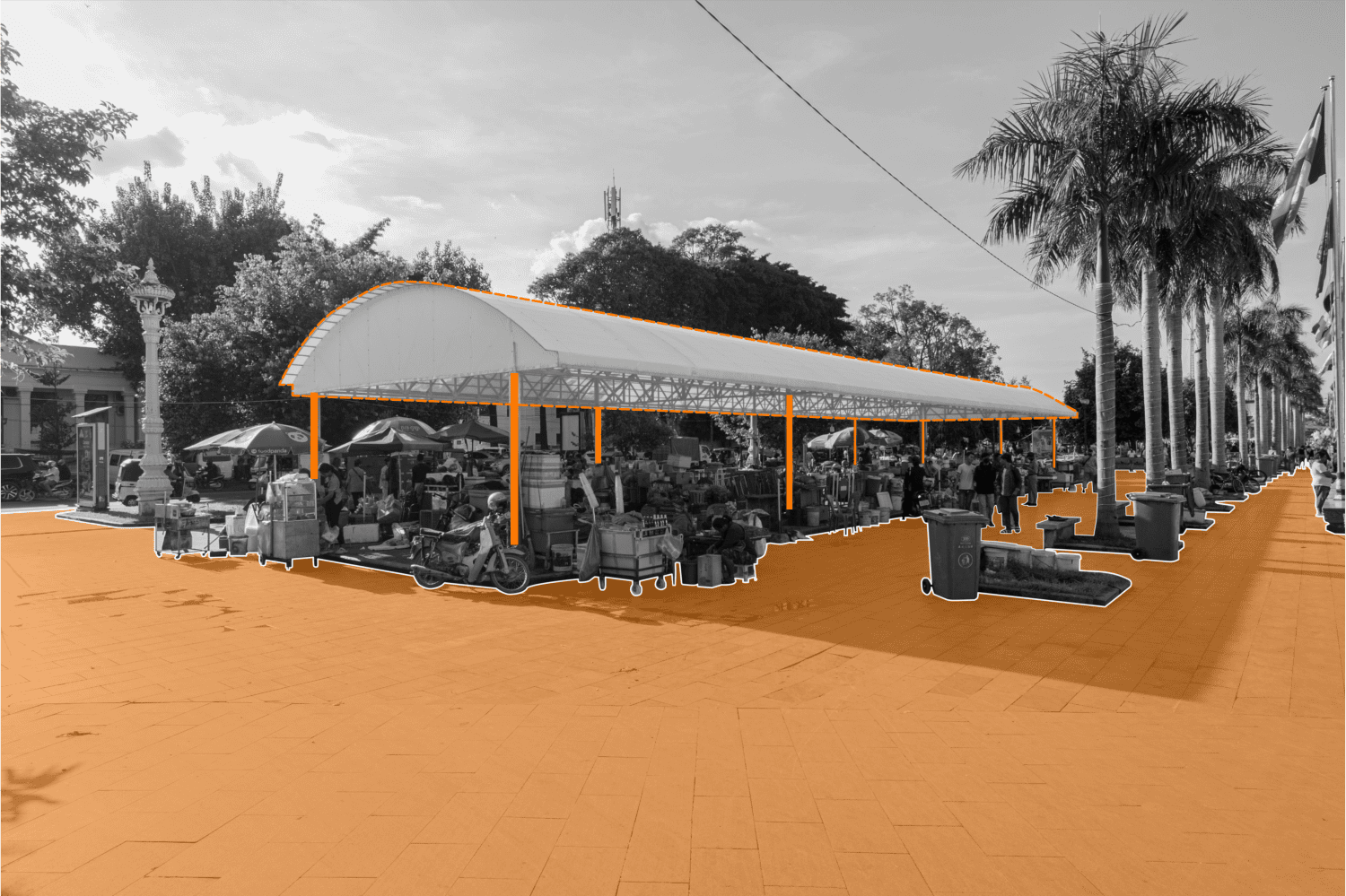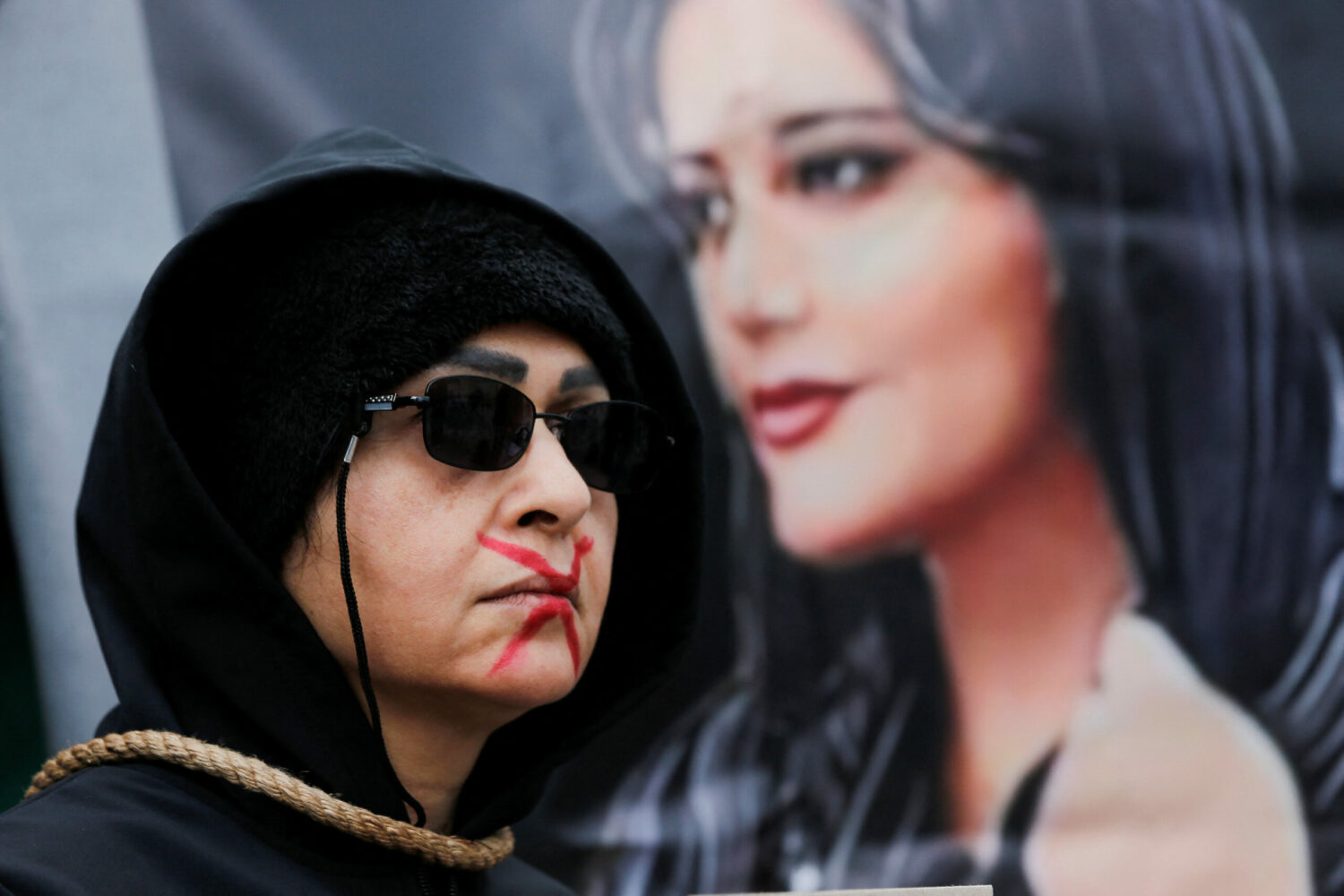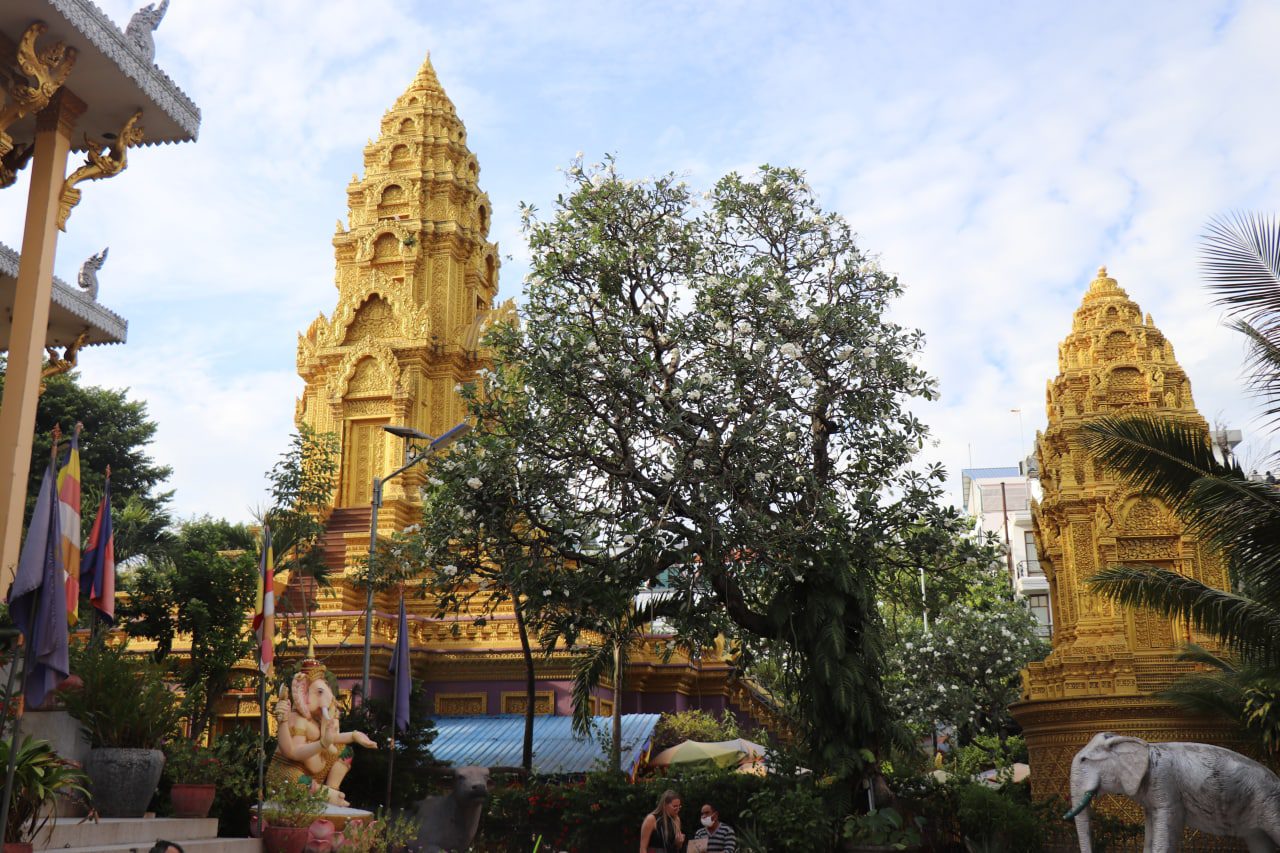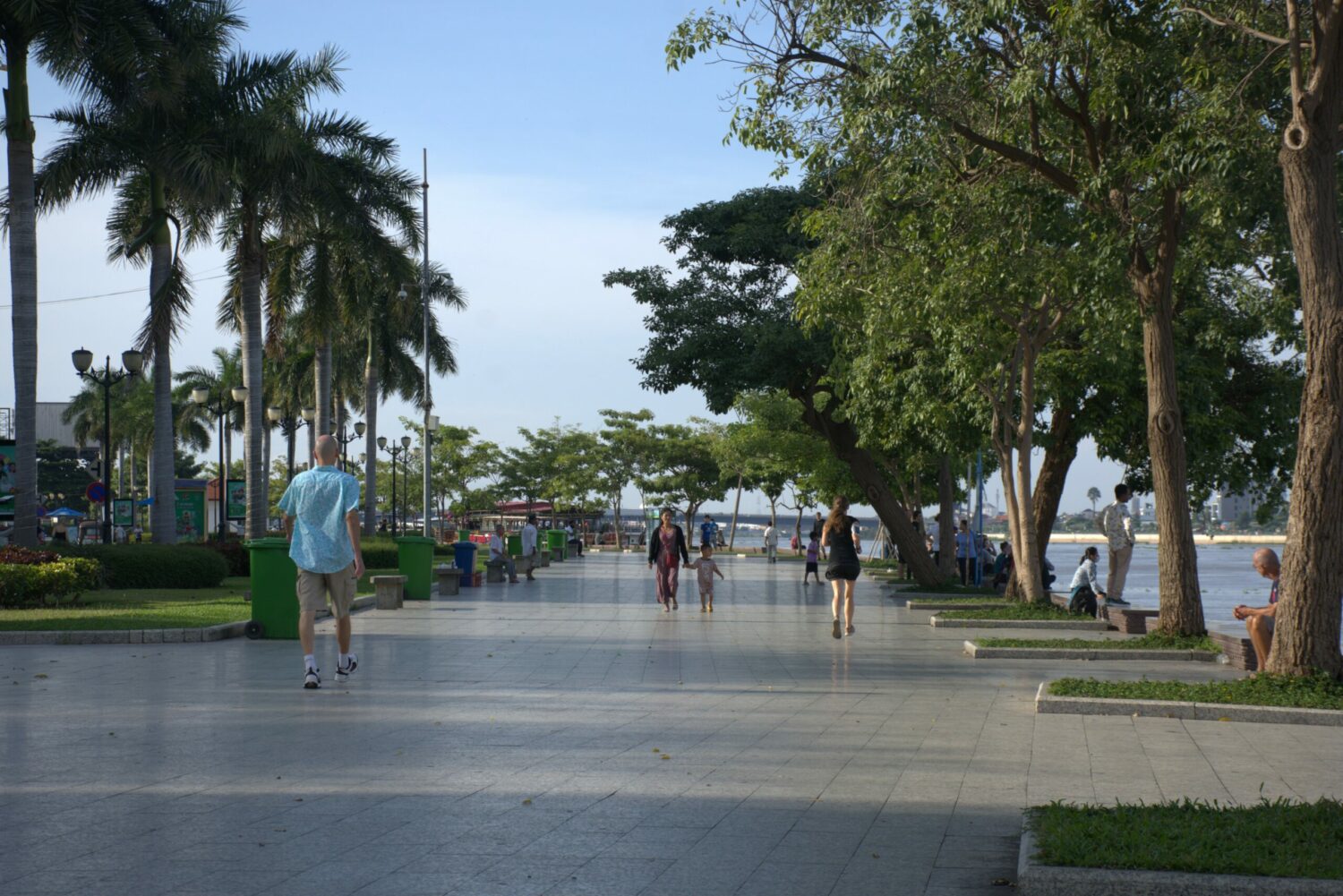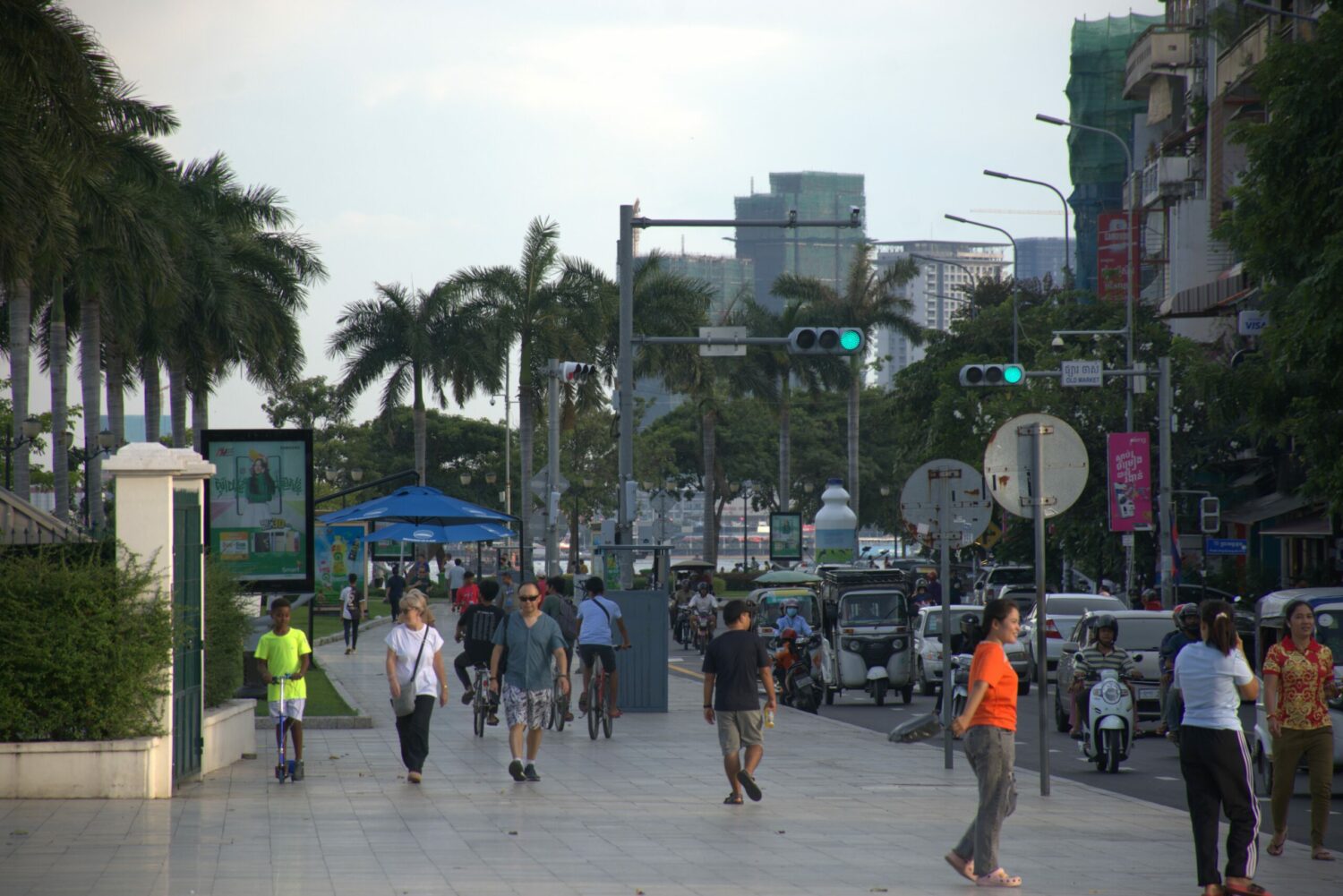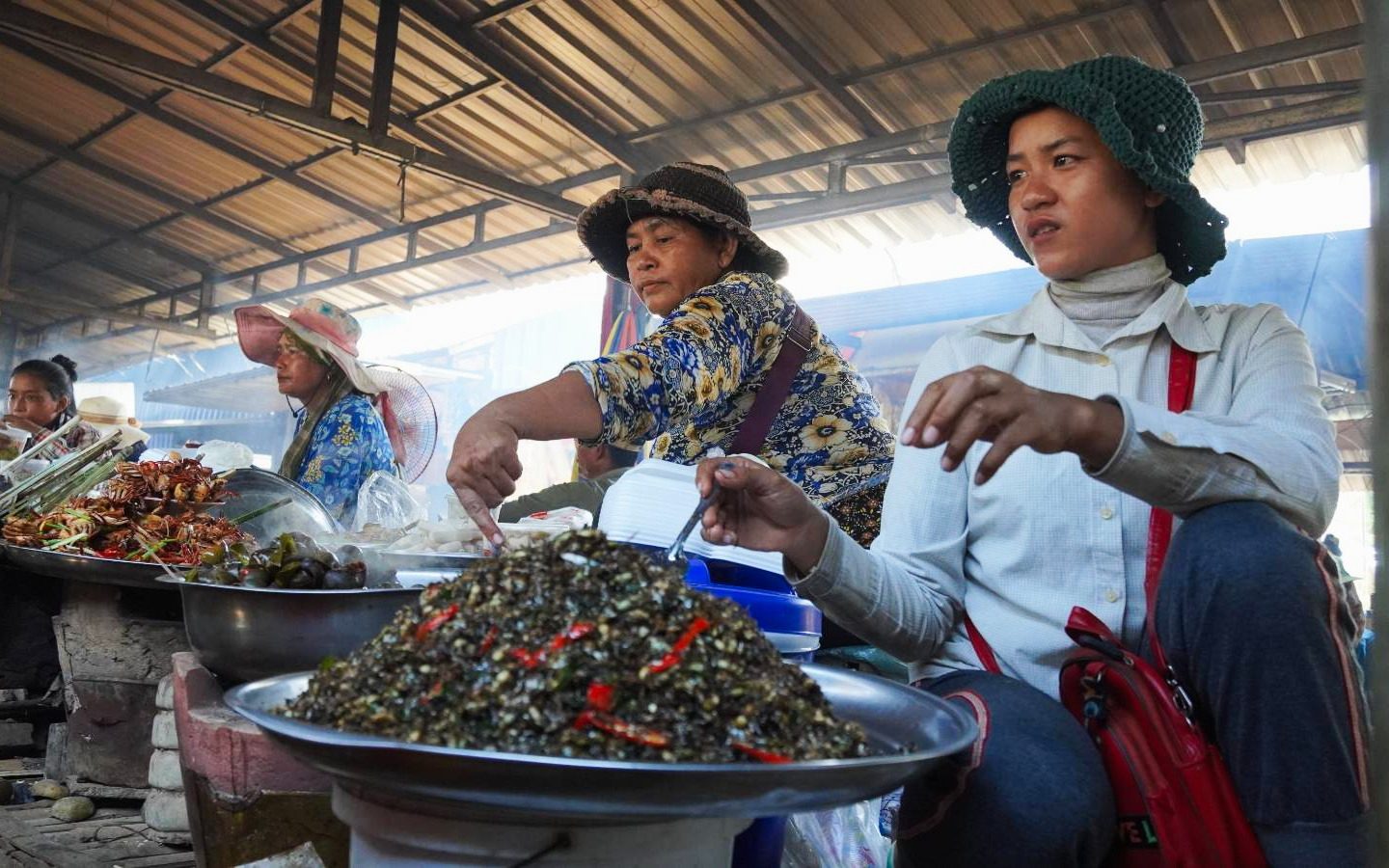A high vaccination rate and relative success at containing Covid-19 mean that Cambodia is now taking steps to reopen to tourism. With an economy still reeling from the pandemic, the government is counting on tourist dollars to provide a crucial economic stimulus and get people back to work.
Staged opening to vaccinated travelers, diversifying tourist hotspots, and a quarantine resort bubble to safely welcome sun-starved foreigners are central to the sectoral reboot.
But with tourism infrastructure in disarray and neighboring countries still battling the Delta variant, what’s Visit Cambodia 2.0 going to look like, and can the country capitalize on its head start?
Before and After the Pandemic
Globally, tourist numbers have plunged and tourist-dependent Cambodia has felt this sharply.
In less than 25 years, Cambodia’s tourism sector has grown from 2.1 percent of the country’s GDP to around 19 percent. In 2019, tourist revenue accounted for $5.31 billion, with 6.6 million tourists each spending around $804 on touring Angkor Wat, drinking cocktails in the capital Phnom Penh, and lounging on the country’s southern beaches.
A vast infrastructure of hotels, casinos, restaurateurs, tour guides, hospitality staff, tuk-tuk drivers, and street vendors are dependent on this billion-dollar industry for their livelihoods. But in April 2020 the country shuttered businesses and borders in response to the pandemic.
Closed borders and local lockdowns immediately impacted international travel. Visitor numbers to Cambodia tumbled by 80 percent in 2020. Tourists from China and Vietnam — Cambodia’s largest source of visitors — dropped by 86 and 80 percent respectively. Domestic tourist numbers also fell to 7.2 million, down 36 percent.
As the pandemic rolled into 2021, the economic crisis bit hard. Only 112,544 people visited Cambodia in the first seven months of this year, a dismal 9 percent of 2020. Almost two years of grounded planes and empty cafes have resulted in boarded-up stores, unemployed staff, and an exodus of workers from the tourist sector.
A full sectoral recovery is not expected until 2023-2024. And, as the government prepares to open the country, it’s faced with the challenge of both defining a new normal for visitors and encouraging locals back to precarious jobs.
The New Normal
Cambodia managed to avoid the early impacts of the pandemic. But in April, an uptick in case numbers had six communes and parts of four others designated “red zones.” Some 300,000 people were locked down by a ban on leaving home except for medical reasons.
Five months on, restrictions on socializing continue. The difference now is nearly 80 percent of the country’s 16-million population is fully vaccinated, according to official figures, and the Hun Sen government has now launched a third-dose campaign. The Health Ministry has touted that Phnom Penh’s adult population is fully vaccinated. Although Covid hasn’t been eliminated, the government is readying to open up, starting with visitors from South Korea and China — two of the country’s tier-1 business partners.
The quarantine length for Cambodian officials, diplomats, businesspeople and investors has this week been reduced to three days. General inbound passengers, both Cambodians and foreign nationals, will have to quarantine for only seven days, down from 14. Non-vaccinated travelers still must quarantine for 14 days. On Tuesday, the country also reopened electronic applications for tourist visas.
There are hopes that quarantine requirements will soon be dropped entirely for travelers from Asean countries, or that Cambodia will follow Thailand and create a “Sandbox” quarantine experience for vaccinated tourists, likely in Siem Reap.
Even when quarantine-on-arrival is phased out, arrivals are expected to have to show evidence of vaccination and negative PCR tests. Face masks may continue indefinitely.
Defining the new normal is a chance to reset Cambodia’s tourist sector.
Beyond Temples and Genocide
Tourism in Cambodia needs a rebrand, starting with diversifying away from temples and Khmer Rouge horrors to sustainable, environmentally low-impact experiential activities.
Before the pandemic, the Angkor Wat complex and the surrounding environment strained under 2.6 million visitors each year. Archaeologists warned of irreversible damage due to the draining of underground reservoirs by the hospitality industry and the impacts of people handling sandstone carvings.
Hundreds of visitors made the short pilgrimage to the infamous Killing Fields each day. Visitors have remarked online about being torn between feeling “Especially moved seeing where the bodies were buried” and wishing they were somewhere else: “I’d rather read a book on Khmer Rouge than visit here.”
A strategic reopening offers the government a chance to expand beyond temple visits and genocide-tourism. As a roadmap to post-Covid tourism, Sivlin Chhay, president of the Cambodia Association of Travel Agents, has flagged ecotourism and adventure holidays as top drawcards for both the country’s emerging middle class and overseas visitors desperate for nature after two years of lockdowns.
Hiking, mountain biking, kayaking, white-water rafting, fishing, culinary trails, and village homestays all have the potential for promoting Cambodian culture, employing locals, offering varied, customized experiences, and supporting a sustainable economic snap-back.
The government is already investing in infrastructure but needs to complement highway upgrades with private-sector transportation initiatives that can crisscross the country. Economic support to local businesses that have survived the pandemic is crucial, as is technical capacity building focused on sector-specific skills, such as commercial cooking, barista work, and foreign language tour guiding.
Capitalizing on Vaccines
As the world awakens from its pandemic lockdown and travelers plan exotic vacations, the time is right for Cambodia’s tourism reboot. The country’s relative success in containing Covid and vaccinating its population makes it well-positioned to begin a staged reopening.
Unveiling Cambodia 2.0 to the world requires identifying new sectoral products emphasizing ecotourism and back-to-nature retreats that will spread visitors across the country, encourage repeat tourism, and reduce the impact on traditional tourist sites. Domestic tourists may be encouraged to open their wallets in Cambodia, rather than in Thailand or Vietnam and foreigners will appreciate seeing more of the country.
With the head start it has on its neighbors in the region, Cambodia needs tourism sector initiatives that go beyond backpackers and temple-visits, to offer exciting destinations to locals keen to get out of the city, and attract travel-starved, vaccinated foreigners.
Markus Bell is a research fellow at La Trobe University, Australia. Tweets @mpsbell


